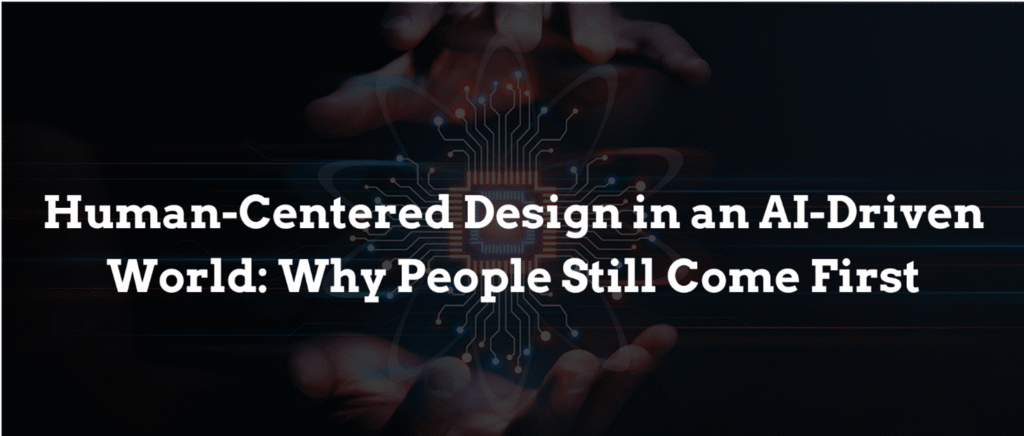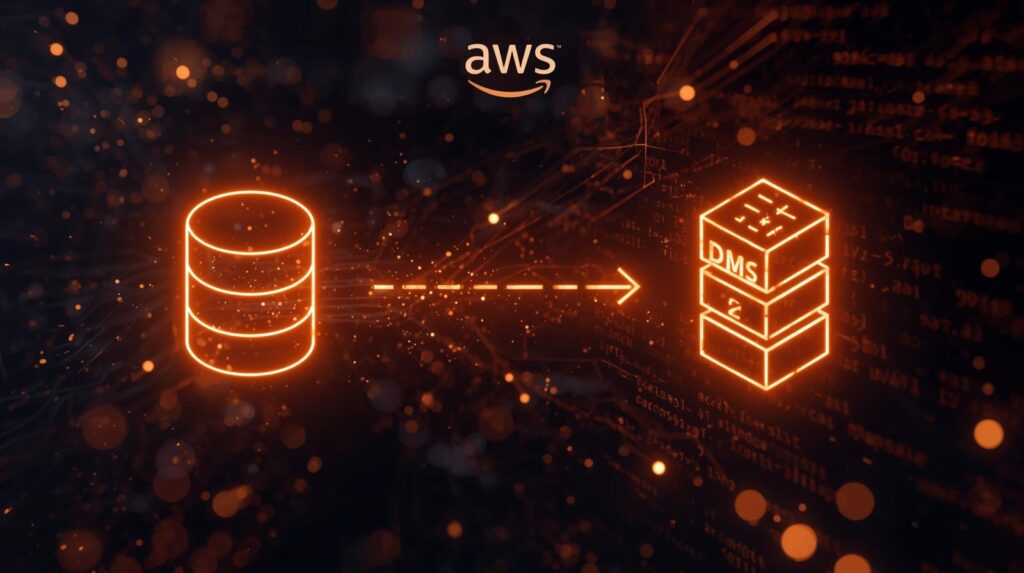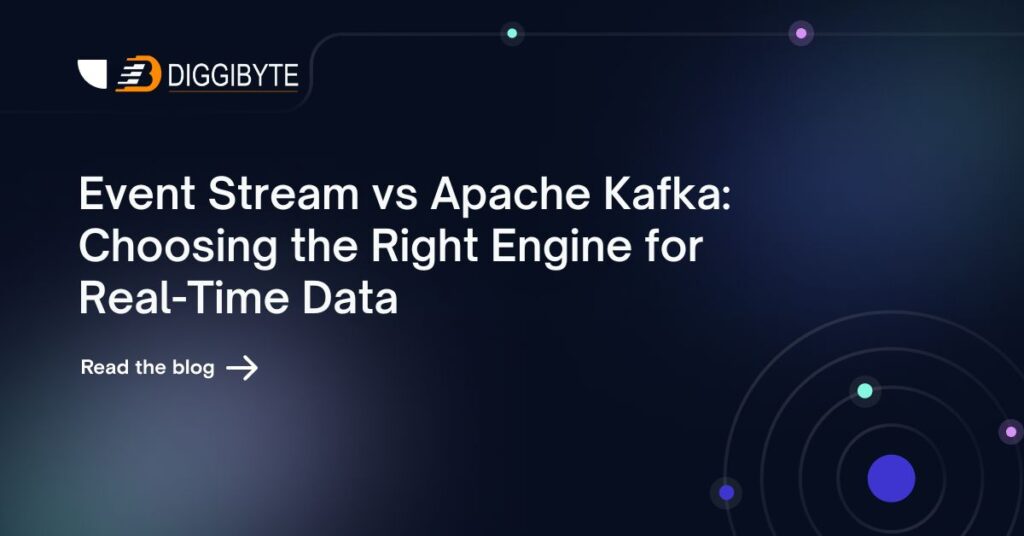Human-Centered Design in an AI-Driven World: Why People Still Come First

In the age of artificial intelligence, the most crucial design principle remains human-centricity. This article explores why keeping people at the center of AI design leads to more ethical, effective, and valuable technology solutions. As artificial intelligence transforms how we interact with technology, a critical question emerges: How do we ensure these powerful systems serve […]
Why More Tools Fail to Make Better Agents: Escaping the Trap of Tool Hell

If one tool makes an agent powerful, wouldn’t twenty make it unstoppable? Not really. Just like a person standing in front of 100 TV channels but unable to decide what to watch, an AI agent with too many tools often freezes, makes the wrong call, or wastes time. That is the trap of Tool Hell. […]
Serverless Web Apps: What, Why, and How

The landscape of web development is constantly evolving. One of the most exciting shifts in recent years is the rise of serverless architecture—a model that frees developers from managing infrastructure. Whether you’re building a static site, a full-stack app, or an API-driven service, serverless web apps offer speed, scalability, and simplicity like never before. But […]
Cherry-Pick Made Simple

Introduction In collaborative development, multiple teams often work on different features while production systems may require urgent fixes. Managing these changes across development, testing, and production environments can be tricky — especially when using a branching strategy in Azure DevOps. In this blog, we’ll walk through a real-world scenario involving three branches — main (development), release (testing), […]
Migrate RDS MySQL to S3 with Zero Downtime: AWS DMS Guide

Introduction To transfer data from Amazon RDS (MySQL) to Amazon S3, one of the most effective tools at your disposal is the AWS Database Migration Service (DMS). This reliable, user-friendly, and fully managed service enables seamless data movement with minimal disruption to your existing systems. Whether you’re performing a one-time bulk migration or setting up […]
Real Value in Data Science Consulting Across Industries 2025

A data science consulting firm delivers real value in 2025 by applying AI, predictive analytics, and data governance to drive measurable business outcomes.
Why is Chatgpt-5 Facing Backlash?

Just weeks after dropping multibillion-user hype, ChatGPT-5 has ignited a storm of discontent. Users complain that the change feels like a downgrade—not just in performance, but in the comfort they once found in the AI’s “personality.” So, what’s behind the backlash to OpenAI’s most advanced model yet?. What is ChatGPT-5? Positioned as a smarter, faster, […]
AI Agent Safety: Managing Hallucination Risks and Implementing Guardrails in Tool-Augmented Systems

Imagine deploying an AI agent for customer support, only to discover it’s confidently providing incorrect product information to hundreds of customers daily. Or a financial AI agent making investment recommendations based on hallucinated market data. Studies show that even state-of-the-art language models hallucinate in 15-30% of responses, and when equipped with tools and autonomy, the […]
Progressive Web Apps: A Complete Guide for Beginners

Introduction In today’s digital world, users expect websites to load fast, work offline, and feel like native mobile apps. That’s where Progressive Web Apps (PWAs) come in. A PWA is a powerful web technology that bridges the gap between web and mobile apps. It gives users an app-like experience—directly from their browser—without needing to download […]
Event Stream vs Apache Kafka: Choosing the Right Engine for Real-Time Data

Introduction In today’s digital world, data is moving at the speed of thought. Imagine a fleet of 100 vehicles, each equipped with 200 sensors, continuously generating millions of events per second. This isn’t fiction — it’s happening in industries like logistics, automotive, and smart cities. If you delay this data by even 30 seconds, the […]